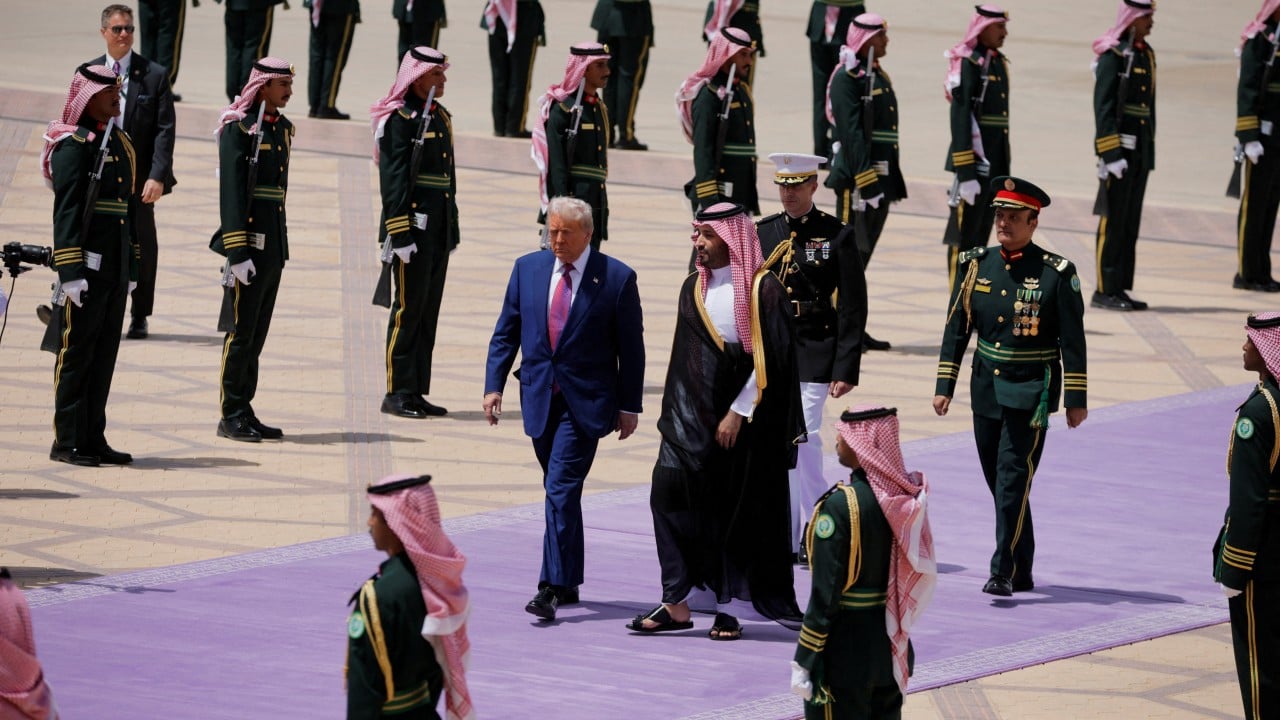US president Franklin D. Roosevelt, at the end of 1940 in one of his famous “fireside chats”, first coined the idea of the US as the “arsenal of democracy”. Congress might have been unwilling to directly join the war in Europe but it could certainly be persuaded to sell the military equipment its allies needed.
Advertisement
Since then, the United States has not only retained its formidable military dominance but also eagerly exports its arms, as a source of valuable export earnings and means of subsidising the momentous cost of maintaining global military dominance. Today, the US accounts for 43 per cent of all arms exports, supplying at least 107 countries. A large arsenal? Certainly. All to democracies? No.
The spirit of the US as an arsenal of democracy seems alive and well, as seen from President Donald Trump’s triumphal voyage through Saudi Arabia, Qatar and the United Arab Emirates (UAE), and his determination upon return to protect defence spending in the “big beautiful bill” he is trying to bludgeon through Congress.
During what Trump calls his “historic four days” in the Gulf region, the White House said investment commitments worth more than US$2 trillion had been secured. The Saudi leadership pledged investments worth US$600 billion – including US$142 billion in arms purchases.
In Qatar, host to the largest US military base in the Gulf, the “economic exchange” amounted to US$1.2 trillion, including 210 passenger aircraft from Boeing worth US$96 billion and a gift of a luxury Boeing 747-8 jumbo jet to serve as the new Air Force One. In the UAE, deals were pledged as part of an investment framework worth US$1.4 billion over the coming decade.
Advertisement
Put aside the fact that these deals were mostly non-binding memorandums of understanding or had been previously announced – the gigantic sums involved were indisputably at the heart of a very substantial defence and arms sales relationship.

